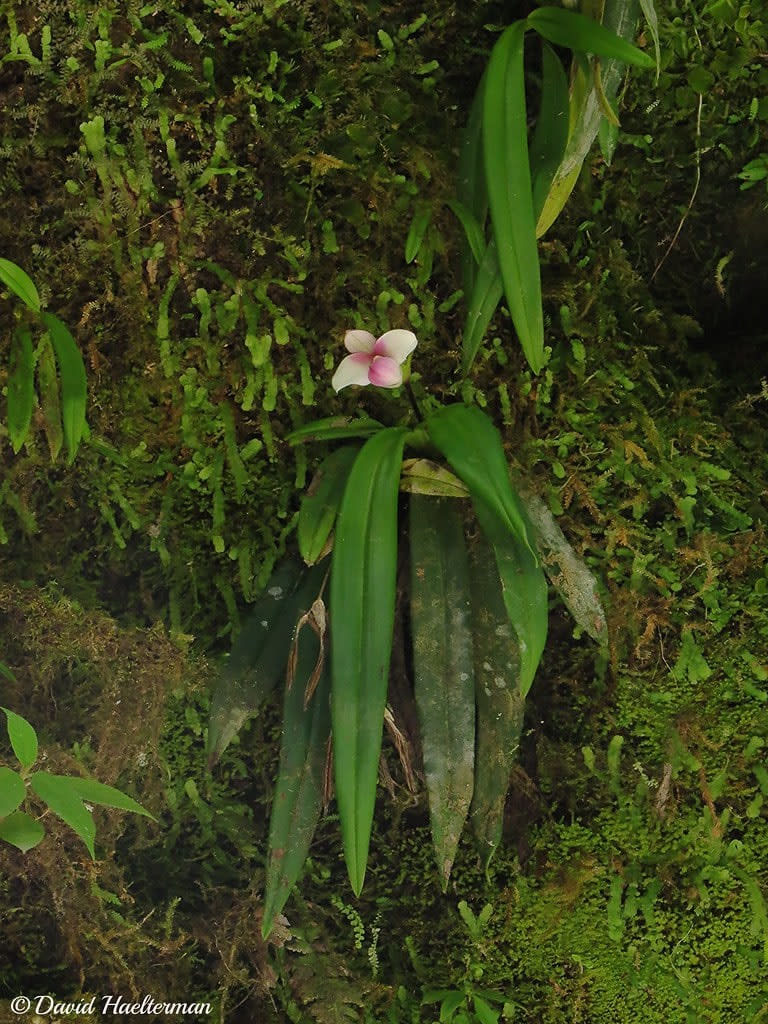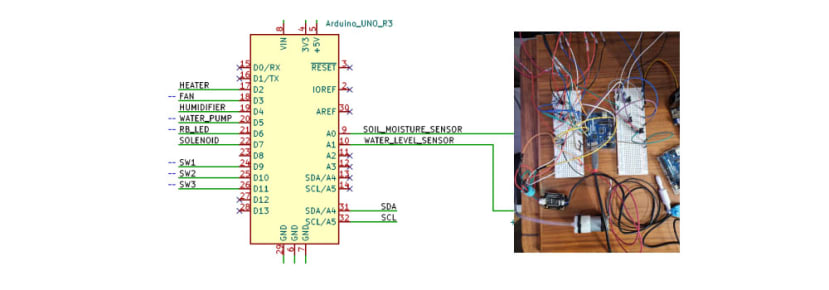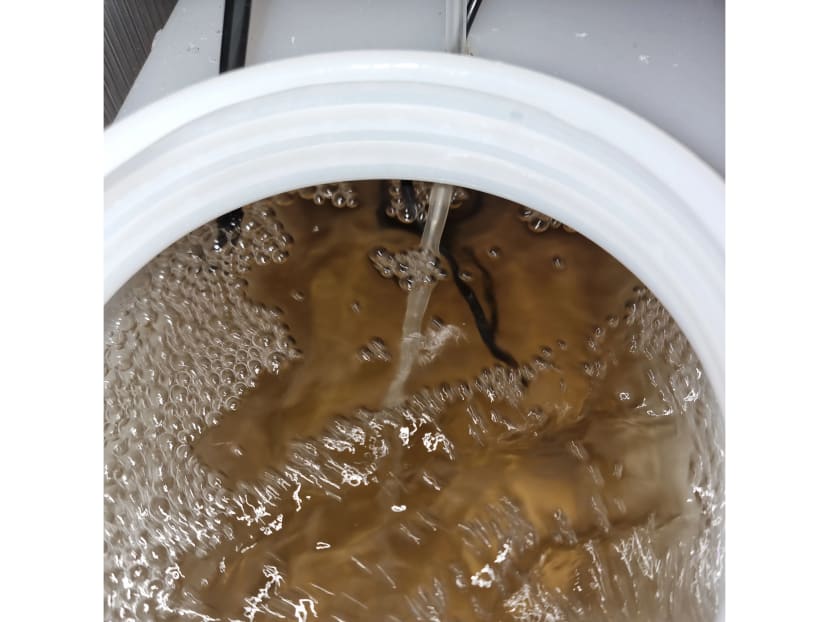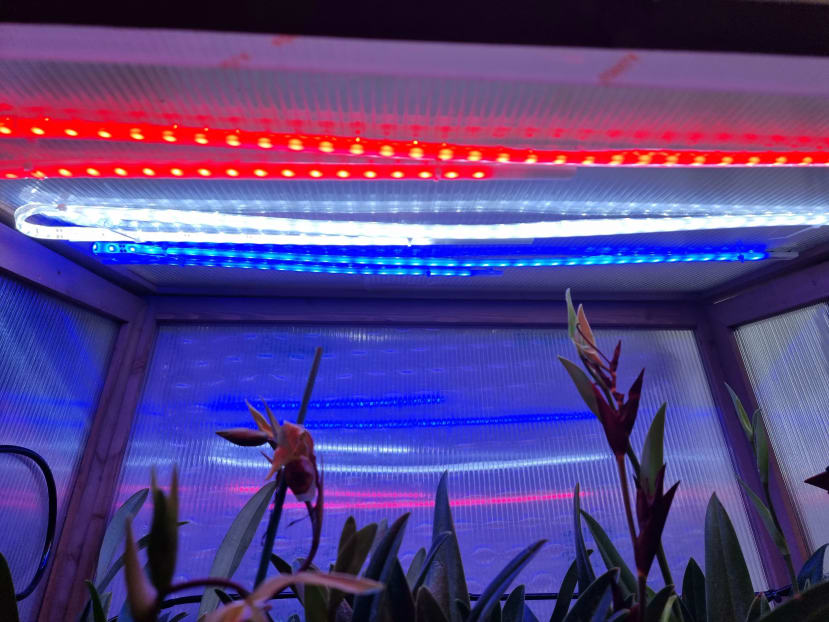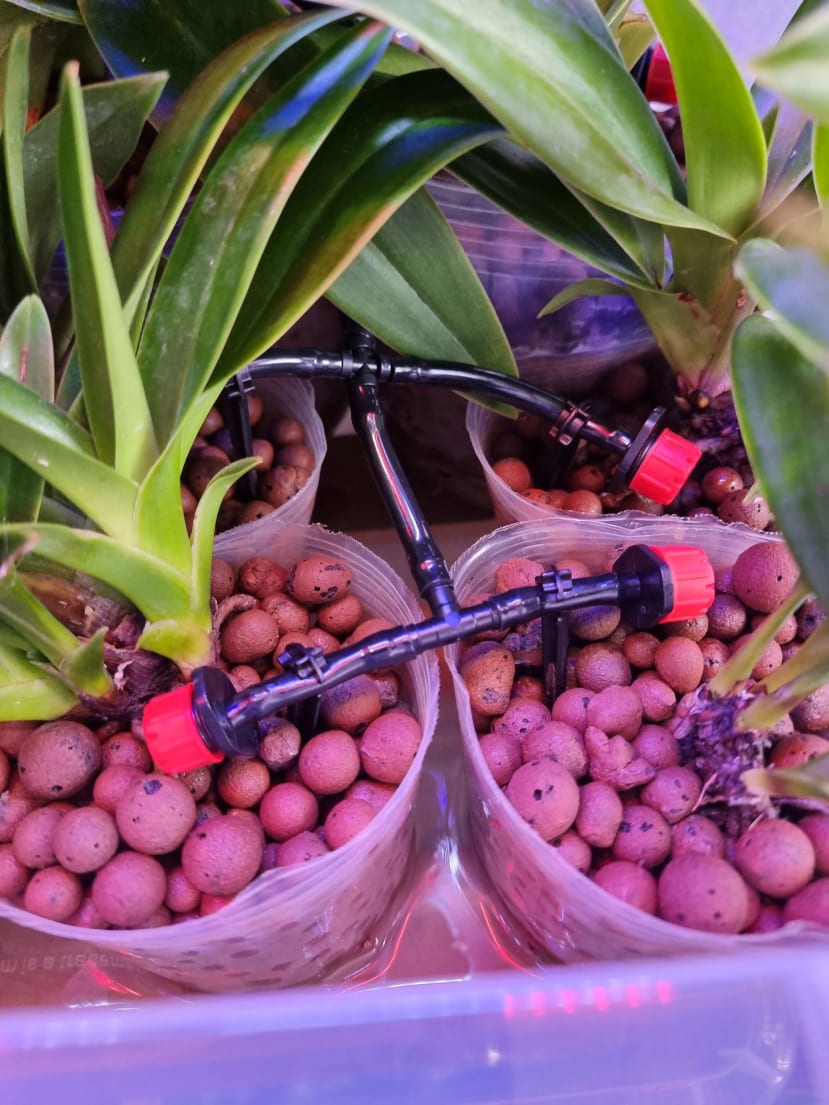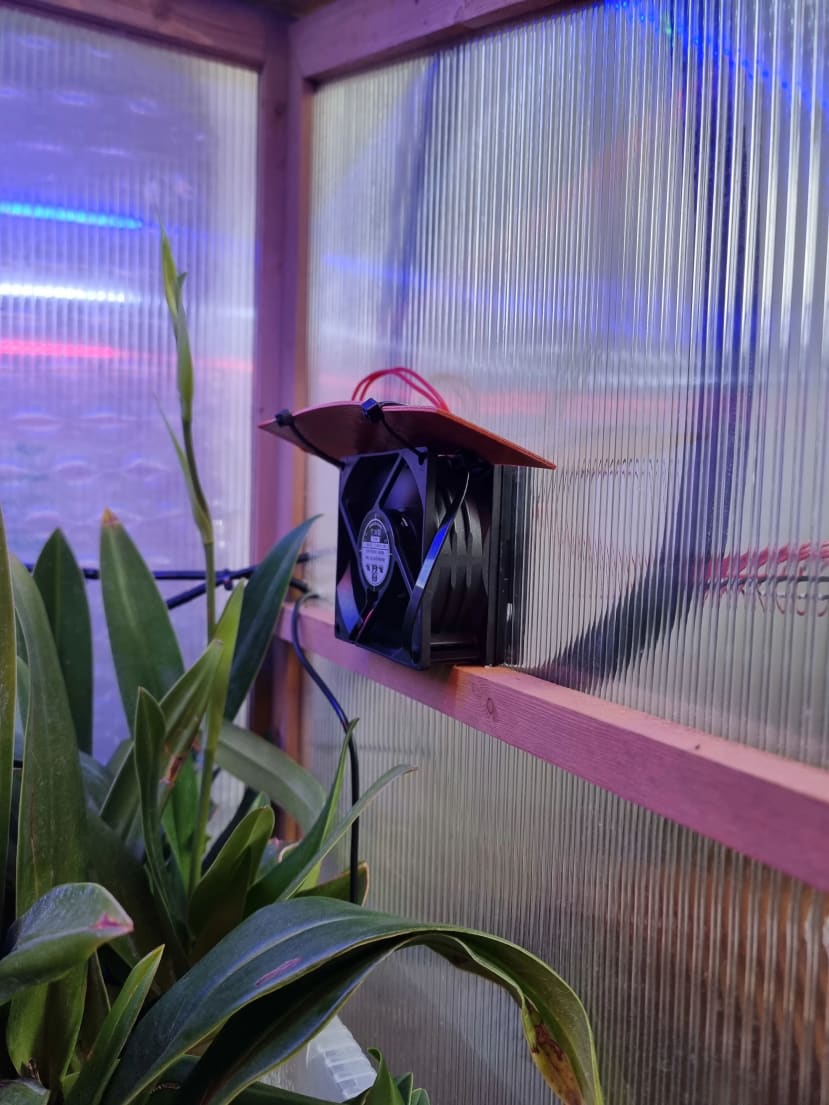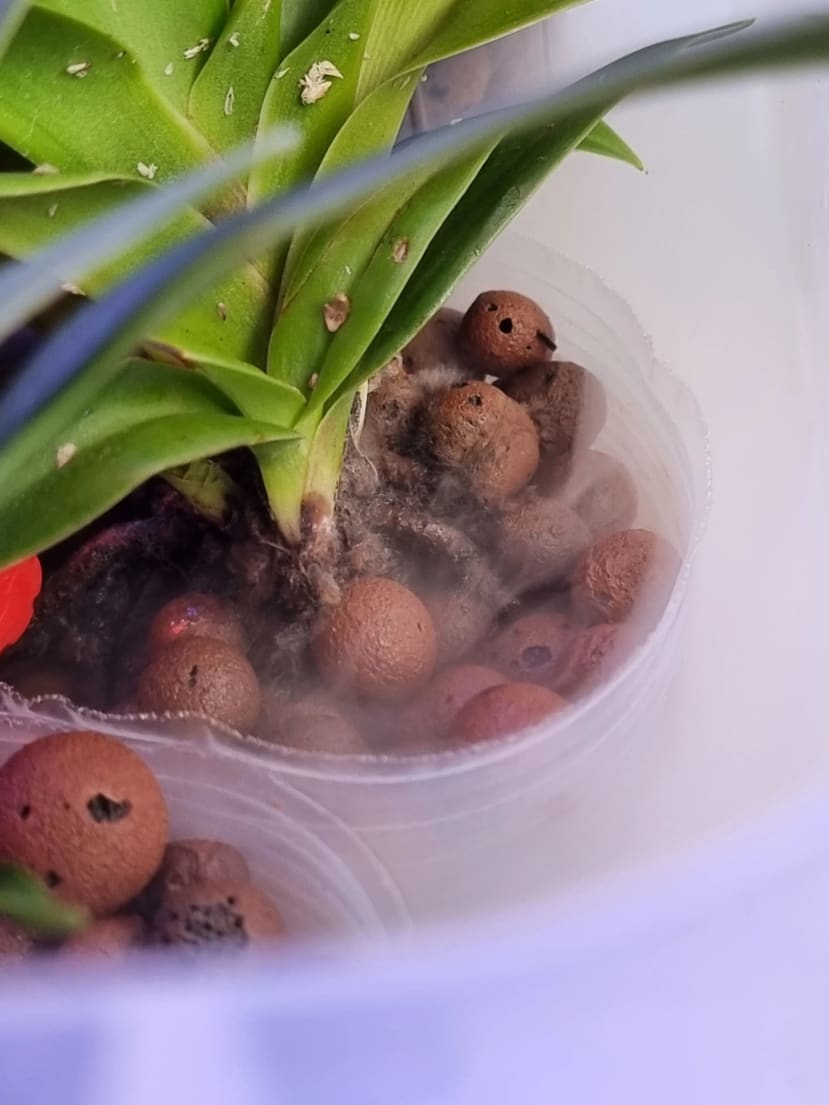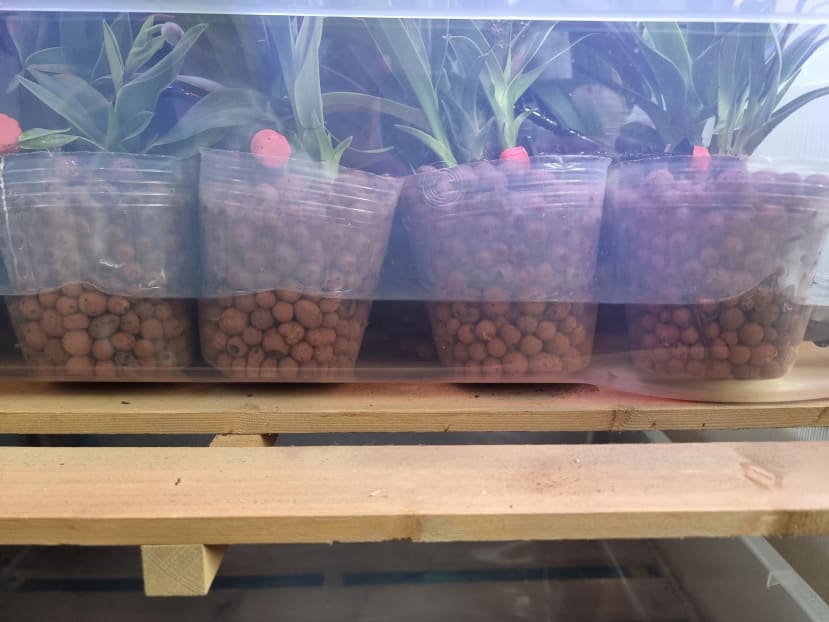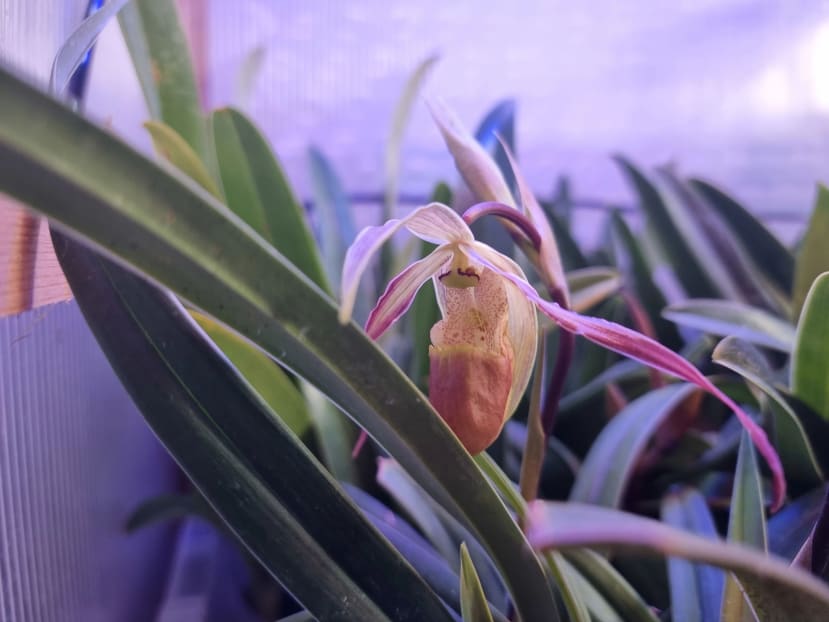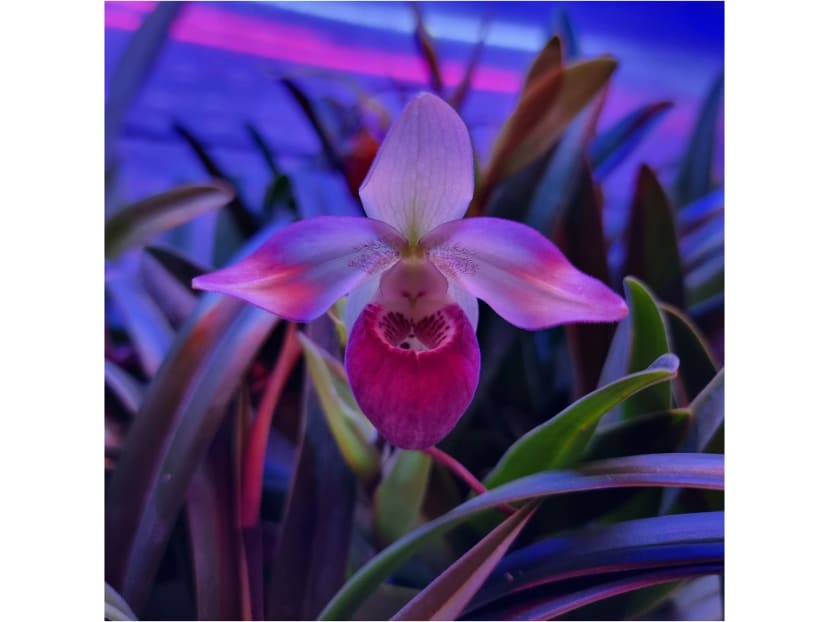Automatic Orchidarium for south american slipper orchids
Follow projectQue pensez-vous de cet article ? Aidez-nous à vous fournir un meilleur contenu.
Merci! Vos commentaires ont été reçus.
There was a problem submitting your feedback, please try again later.
Que pensez-vous de cet article ?
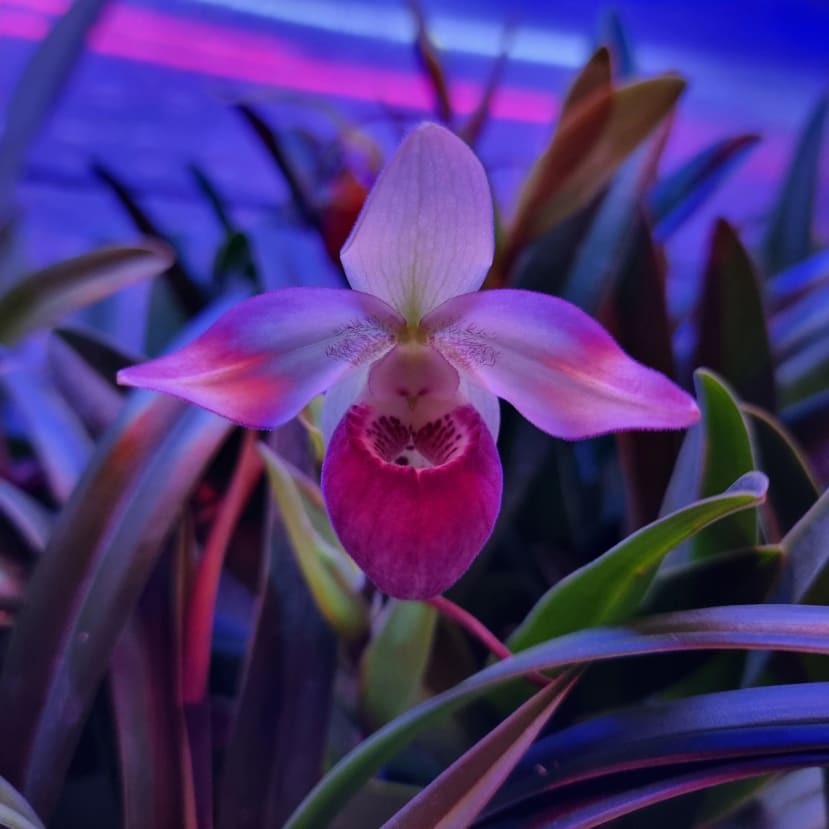 Automated cultrue of orchids is a complex topic because of the unique habitat of these plants. From living on trees to cliffs and riversides, Phragmipedium show great adaptability and characteristics that allow them to thrive in this system.
Automated cultrue of orchids is a complex topic because of the unique habitat of these plants. From living on trees to cliffs and riversides, Phragmipedium show great adaptability and characteristics that allow them to thrive in this system.
Parts list
| Qty | Produit | Part number | |
|---|---|---|---|
| 12 | Kamaya 100Ω, 0805 (2012M) Thick Film SMD Resistor ±1% 0.125W - RMC1/10K101FTP | 117789 | |
| 12 | TE Connectivity 10kΩ, 0805 (2012M) Thick Film SMD Resistor ±1% 0.125W - CRG0805F10K | 1251189 | |
| 1 | RS PRO 72W Power Brick AC/DC Adapter 24V dc Output, 3A Output | 2047566 | |
| 12 | N-Channel MOSFET, 36 A, 100 V, 3-Pin TO-220AB Infineon IRL540NPBF | 9194882 | |
| 1 | ebm-papst 600 N Series Axial Fan, 12 V dc, DC Operation, 43m³/h, 1.8W, IP68, 60 x 60 x 25mm | 914-4241 | |
| 1 | RS PRO White 0.5mm² Harsh Environment Wire, 1/0.8 mm, 100m, PVC Insulation | 183-9225 | |
| 1 | RS PRO 12V Red LED Strip Light, 1m Length | 8555949 | |
| 1 | Sensor Humidity HTM2500LF | 8937373 | |
| 1 | LED Flexible Strip, Blue, IP65 12V 1m | 8555952 | |
| 1 | RS PRO Electric Soldering Iron, 230V, 25W | 7719461 | |
| 1 | ARDUINO UNO WIFI REV2,ABX00021 | 1763651 | |
| 1 | RS PRO Fan Filter for 60mm Fans, PUR Filter, ABS Frame, 60 x 60mm | 7374083 | |
| 1 | ultrasonic mister | ||
| 1 | 20W heater | x | |
| 1 | air pump | x | |
| 1 | water pump | x | |
The reader is referred to the previous article https://www.rs-online.com/designspark/replicating-endangered-ecosystems where the habitat of related genera to Phragmipedium is described. In short, Phragmipedium is a genus of South American orchids of the subfamily Cypripedioideae, the slipper orchids. Their range is from south Mexico to Peru where they are often found on cliffs and riversides where water constantly flows around them. This means that, unlike other orchids, Phragmipedium roots can survive and maybe benefit from constant watering if the water has the quality and properties that are found in their habitat.
Figure 1: Phragmipedium anguloi on a mossy cliff with water seeping under. Credit to David Haelterman
1 Description and aims.
The experiment aims to replicate the general growing conditions in the genus Phagmipedium and Mexipedium through the implementation of a decision-making program and climate monitoring. The system is composed of sensors and climate-controlling devices to deliver varying and constant weather conditions depending on what is requested by the code. The components of the project are listed in the parts list above.
2 Assembly
2.1 Arduino and controlling circuit.
Figure 2: Arduino (centre) connected to two prototyping boards where MOSFETs allow for the switching of the devices.
The Arduino receives and processes the data from the sensors and makes decisions based on these and the time of the day. The Arduino can connect to the internet to request the time of day and hour to know if it should run day or night programs. The TDS and pH sensors also tell the Arduino about the condition of the water and it can decide to not water if a threshold is met. It can notify of the water quality remotely.
2.2 Water
Figure 3: Air pump injecting air to water supply prior to watering.
It is important to prevent and control the decay of the water by means of anaerobic bacteria and algae in the water supply or the main container. This is achieved by using an aquarium-like system where the air is pumped into the water supply with an air stone to increase the diffusion of air. Diffused oxygen in water most closely resembles flowing water such as that found in rivers and seepages where Phragmipedium live. Their roots have adapted to thrive submerged in many cases if water is flowing or is oxygenated.
2.3 Light
Figure 4: lighting in the greenhouse.
Lighting is achieved by using three 1m 12V LED strips of white, red and blue light. I am not aware of spectral preferences in the genus so full spectrum along red and blue are provided as a fail-safe and to allow for experimentation. Each LED strip can be turned on or off automatically to observe growth differences with different light combinations. Light is provided from 9 am to 10 pm.
2.4 Water and substrate
Figure 5: drip irrigation system for each plant.
Each plant has an individual drip head that can have adjustable flow. Watering is done close to the rhizome without wetting the leaves or crown of the plant. It should be noted that two Phragmipedium (on the right of the image) arrived with mild fungal infection at the crown and are being treated with neem oil. Infection does not seem to spread to the rest of the plant or neighbouring plants. At the bottom of each pot, there is a small cube of rock wool to slow the fast draining provided by the expanded clay. Inorganic substrates seem to be the best option considering the high exposure to water.
2.5 Temperature and air movement.
Figure 6: Fan and heating cap (left) digital temperature and humidity probe (right)
A small water-resistant fan is on at all times providing consistent air movement. Attached is the heater. A temp-hum sensor is located behind the plants registering humidity and temperature every time the code loops (5-10min).
2.6 Humidity
Figure 7: ultrasonic mist around a plant.
If the humidity falls below 80% the water level is raised over an ultrasonic humidifier that then disperses micro water droplets that are circulated by the fan.
2.7 Water level
Figure 8: rising water level (left), maximum water level allowed by rotatable connection. 1-inch minimum, 3 inches maximum.
Drainage is slower than the maximum pump water output this allows for the system to immerse the plants during watering if desired or to reduce water flow to match that of the drainage to keep a minimum water level selected by rotating the drainage connection. (if the water level is kept high for longer periods of time I will introduce a second air pump for the standing water.
3.0 Conclusion
Figure 9: Phragmipedium Rio Mira (Longifolium x hirtzii) in system.
This is a very recent development that allows for data collection and monitoring to find the ideal conditions for a variety of species in the genus. The concept can be applied to larger areas possibly with hundreds of plants in greenhouses as well as to a single enclosed plant in the living room of a 10% air humidity house. More systems that inject pH stabilizers or fertilizers can be implemented by using the feedback of sensors to keep the water quality constant and automated to a point where the limit of how long the system can be kept running alone depends only on the capacity of the water supply.
Figure 10: Phragmipedium Cardinale

